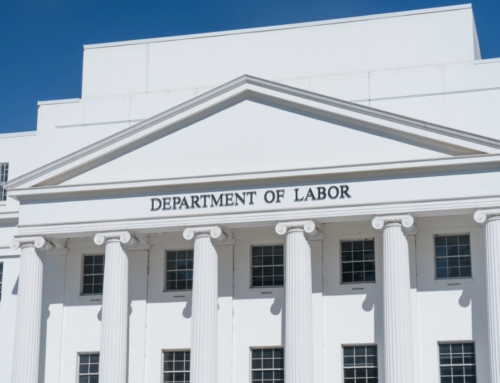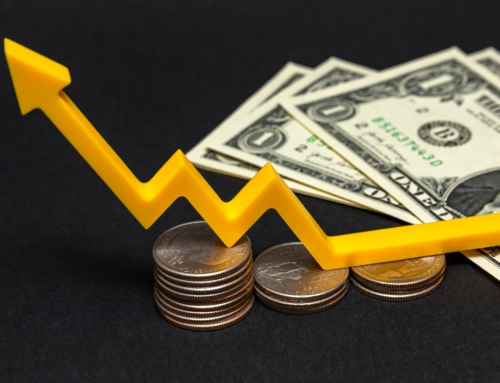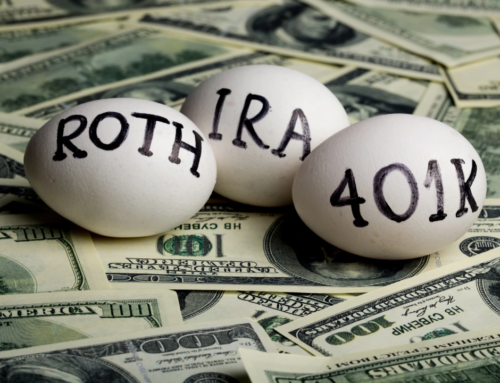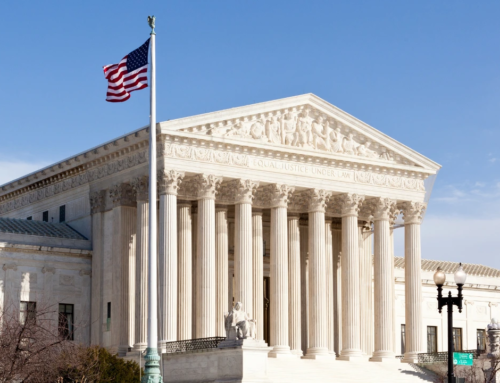January 1st saw a rise in the minimum wage across 23 states, prompting celebrations among minimum-wage earners nationwide. The increase ranged from a 23-cent hike in Michigan to a $1.50 raise in Nebraska.
Now, a primary driver behind the adjustments has been the surge in inflation that has impacted the nation over the past year.
Deirdre Kennedy, a senior payroll analyst at data research firm Wolters Kluwer, documented this cause-and-effect situation.
Present & Future Minimum Wage Happenings
Washington state
Washington state has one of the nation’s highest base hourly rates, increasing from $14.49 in 2022 to $15.74 at the beginning of 2023.
New Jersey
New Jersey is set to raise its minimum wage to $15 an hour by 2024.
Delaware, Illinois, Maryland,& Rhode Island
These four states will boost minimum wages for their employees by 2025.
Connecticut, Florida, Nevada & Oregon
These four states are expecting a minimum wage increase by September, with Florida reaching $15/hour by 2026.
Virginia
The minimum wage in Virginia will be $15 an hour by 2026.
The District of Columbia
The District of Columbia minimum wage is currently $16.10/hour. This makes it the highest dollar value for all minimum wage workers in the U.S., with an exception for tipped employees, students, and part-time workers.
The three categories of working people may receive pay rates that are lower than the minimum according to special certificates from the Secretary of Labor. These situations are typically referred to as receiving sub-minimum wage.
More on Minimum Wage in the U.S.
Generally, individual cities and municipalities set higher minimum wage base pays compared to the minimum wage set at the state level. However, 20 states have a minimum wage equal to or below the federal minimum wage. Alternatively, certain states do not have any specified minimum wage. In such instances, the default pay rate is the federal minimum wage, which is currently $7.25.
The minimum wage law, the Fair Labor Standards Act, was signed into law in 1938. The law applies to employees of businesses with a total annual gross volume of sales or business of no less than $500,000. Additionally, the law extends to employees of smaller firms with employees involved in interstate commerce or the production of goods for commerce. This includes employees in the transportation and communications sectors who regularly operate via interstate communications.
The FLSA also applies to employees who work for federal, state, or local government agencies, as well as schools and hospitals. Also subject to the law are employers in the agriculture industry and those that hire full-time students who work in service-related or retail stores. Both colleges and universities may qualify for a certificate from the Secretary of Labor that allows them to pay students as little as 85% of the applicable minimum wage.
High school students at least 16 years old and enrolled in vocational education-based classes are protected by laws prohibiting them from being paid less than 75% of the minimum wage in their respective states. However, one caveat is that this only applies while the student is enrolled in the vocation-focused educational program, and the employer must obtain the appropriate certification from the Secretary of Labor authorizing these conditions.
Shifting our focus to employees who often receive tips as a part of their job, waitstaff are likely to encounter the most significant exceptions. Generally, waitstaff receive a lower minimum wage rate as tips are expected to compensate for the wage differential. However, the employer must reconcile the difference if the employee’s pay doesn’t equal minimum wage.
It’s worth noting that exceptions aren’t typically granted, so consult an expert before assuming that an exemption applies to your situation. Alterations to predetermined conditions can trigger changes in the minimum wage for a particular location, so exercise caution and closely monitor to ensure compliance with the current wage rates for your business and region.





